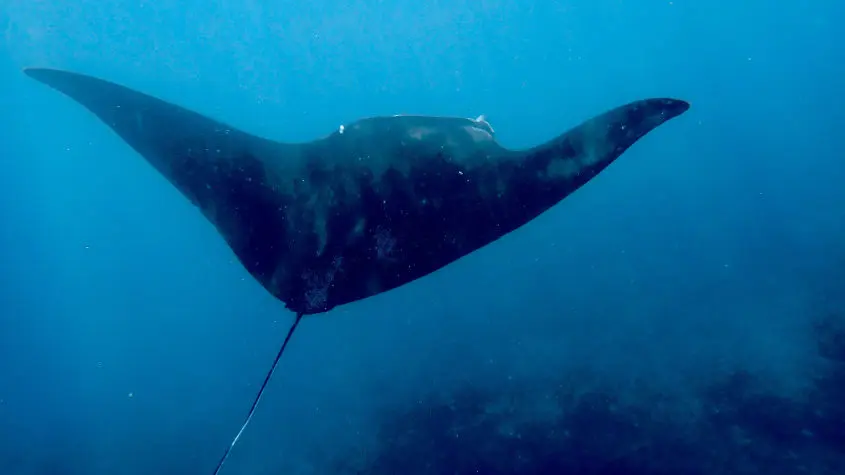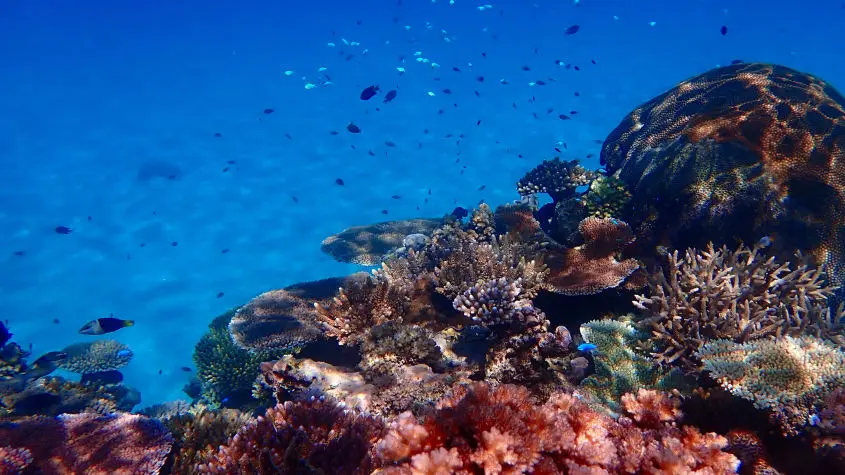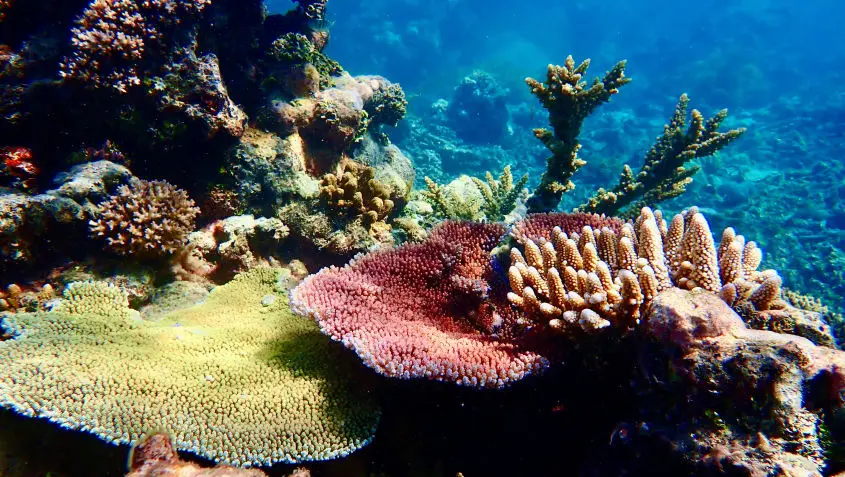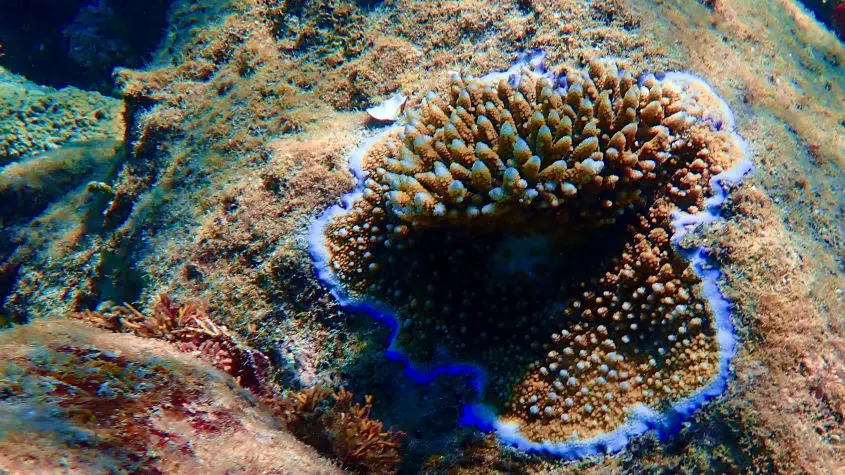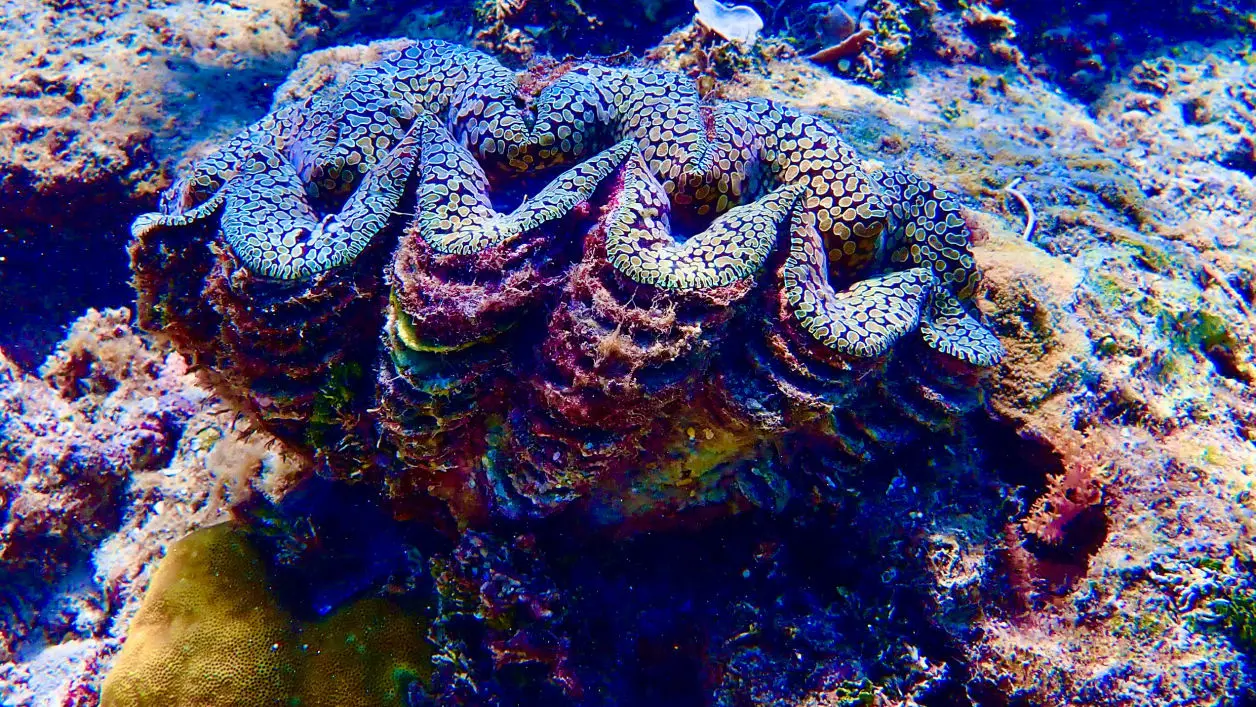
not welcome to the Komo Island - Lau Group
After a 24-hour sail from Savusavu to the remote islands of the Southern Lau Group (East of Fiji), we dropped anchor at 1330hrs.
The passage had been uneventful in the confused swells. Winds had dealt us a royal flush for the passage, some stages reaching 9-10 knots close hauled.
While the passage was uncomfortable to sleep, we managed the shifts well, not getting much sleep, and couldn’t wait for bed. The anchor was quickly set and lunch/dinner started. With bellies full, we were ready for bed when the hum of an outboard was heard.

